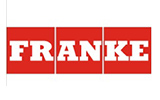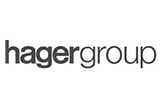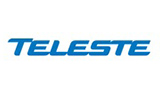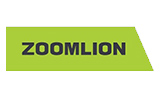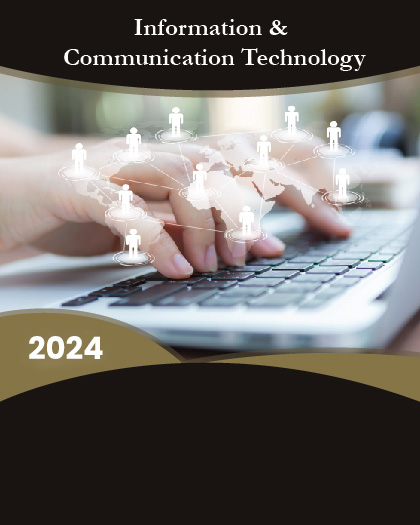

The global biometric sensors market size was US$ 1.29 billion in 2021. The global biometric sensors market size is forecast to reach US$ 3.6 billion by 2030, growing at a compound annual growth rate (CAGR) of 11.9% during the forecast period from 2022 to 2030.
Biometric sensors make it possible to identify and verify people based on their behavioral and physiological characteristics during the biometric era. They are capable of measuring temperature, speed, pressure, etc. In addition, they act as a link between the real world and the system. For instance, a high-definition camera can recognize the face, and a microphone can recognize the voice. It is possible to scan the vein patterns under the skin using some biometrics. These sensors are an essential feature of identity technology. In addition, there are two types of biometric sensors or access control systems: physiological biometrics and behavioral biometrics. Physiological biometrics include face recognition, fingerprints, hand geometry, iris recognition, and DNA, while behavioral biometrics include keystrokes, signatures, and voice recognition.
Factors Influencing Market Growth
Impact Analysis of COVID-19
COVID-19 has significantly impacted global economies, causing worker and travel restrictions, supply chain and production disruptions, and lower demand & spending across many sectors. There is an impending decline in infrastructure development that has impacted the market. A slowdown in OEM production and a decline in demand for biometric devices has slightly pulled down the market for sensors. Component shortages and material shortages have significantly impacted global supply chains. Furthermore, reductions in capital budgets and delays in planned projects have hampered the global economy.
Regional Insights
North America dominates the biometric sensors market. Due to the increasing demand for smart weapons and the fact that most of those weapons incorporate biometric sensors, there is an increase in demand for the biometric sensors market.
During 2022-2030, Asia-Pacific will exhibit the highest CAGR. Due to the presence of many component manufacturers in Asia Pacific countries, such as Taiwan and China, the region dominates the global biometric sensing market. Several countries and states have enacted regulations governing the gathering, use, and disposal of personal information, but they differ wildly in substance from region to region.
Leading Competitors
The leading prominent companies profiled in the global biometric sensors market are:
Scope of the Report
The global biometric sensors market segmentation focuses on Type, Application, and Region.
Segmentation based on Type
Segmentation based on Application
Segmentation based on Region




